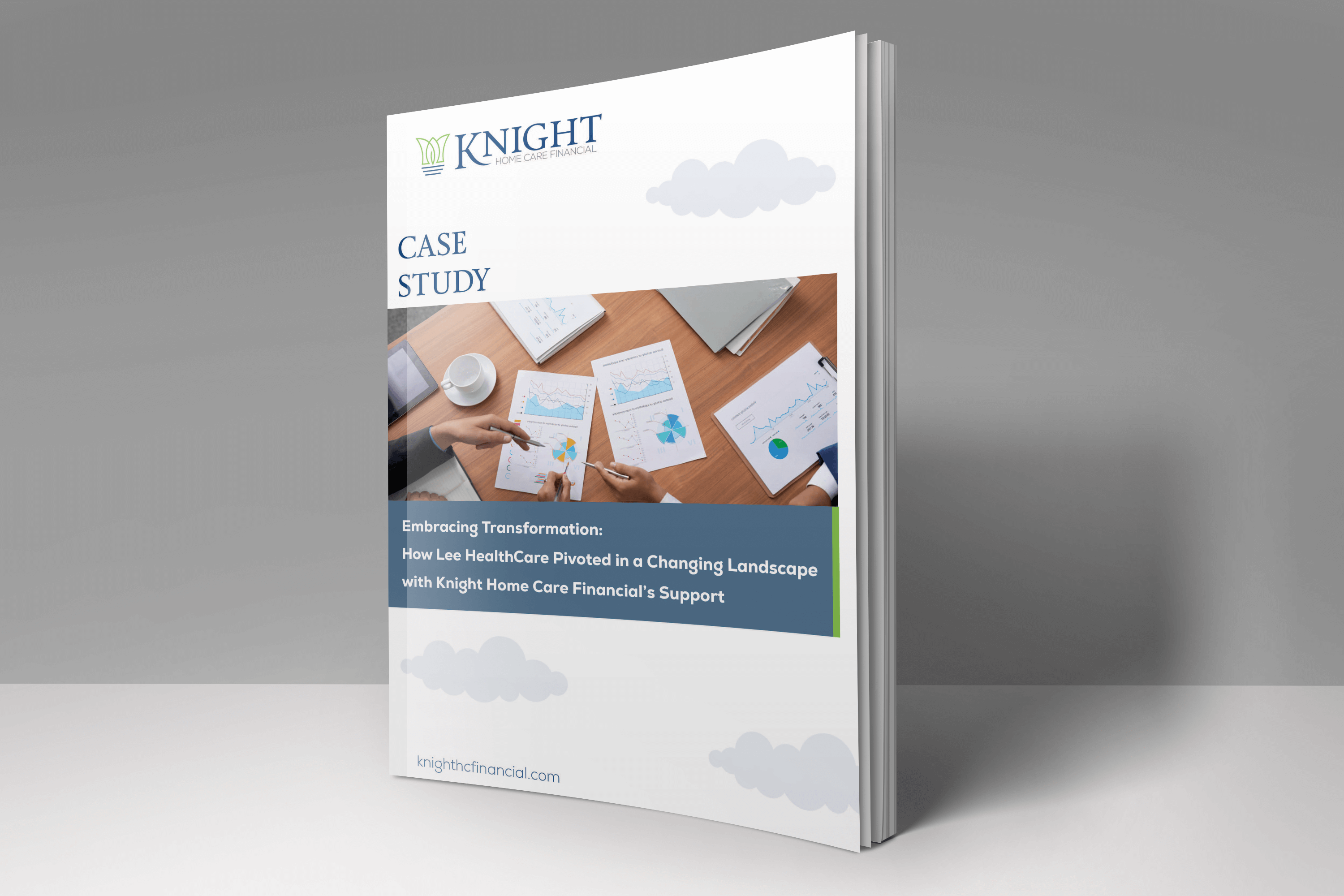
A Bookkeeping Guide for Homecare and Hospice
Warning! I’m going to throw numbers at you. (Sorry, not sorry… I am a CPA, after all!)
Whether you’re going to work on your own books or hire someone to do bookkeeping for your nursing facility, you’re going to need to be familiar with requirements for long-term care facilities, including 483.10 – Resident Rights.
There are a lot of protections in place for the finances of the elderly and infirm because they are often targets for fraud. Take the case of a 2012 theft in which a South Carolina nursing home bookkeeper grifted veteran residents to the tune of $441,000. For four years, she took advantage of residents of the facility before she was caught.
(I never said all the numbers I’d present would be pretty.)
Bookkeeping is Accountability
The most important part of a bookkeeper’s job is to track every dollar their employers touch, whether they are coming in or going out. For hospice and home care, the rules are stiffer than ever before because there is a larger population of elderly patients to care for and COVID-19 has made EVERYTHING more difficult.
Health care providers’ profits are often linked to performance, rather than flat fees for services, which means that quality had better be high or the coffers go empty.
The CARES Act Provider Relief Fund helped a lot of people, but hospice and home care providers still have to submit reports to the Department of Health and Human Services to show where their funds go.
All of this is wonderful for the patients, but it can put more of a strain on providers, especially for the provider’s bookkeeper!
Thankfully, technology has been keeping pace with the increased patient load. All the data and analytics you could want for a patient can now be stored and accessed more easily than ever.
Behind the Scenes
Speaking of data and analytics, tracking all of this information requires a high level of organization and specific goals. You need to think SMART:
- Specific
- Measurable
- Achievable
- Reasonable
- Time-Bound
Eliminating inefficiencies through well-applied technology and a clearly communicated strategy lets your organization focus on the real job: caring for the elderly and infirm.
You will also need to have a tight grasp on your budget and the metrics that can affect it, such as:
- Trends in health care
- Area, regional, and national demographics
- Health care and supply costs
- Marketing and, if necessary, PR
- New laws and regulations (or changes of existing ones)
Preparing your facility for the future reduces stress on your finances. There need to be consistent points of accountability when it comes to your operations to ensure that your organization is pointed in the right direction.
Structure and Software
Let’s get into some nitty-gritty details and talk about setting up the bookkeeping process for your facility.
You’re going to need a set of checks and balances to avoid situations in which a member of your organization can take advantage of residents.
Put these controls in place:
- Separate duties so no one person has complete autonomy
- A transaction authorization system
- Security controls and action monitoring
- Regular performance audits to ensure data accuracy
As for software, you need to reduce human error and greed as much as possible. Get an e-billing program that offers an automated banking function. This will create reports for added tracking and accountability.
As you choose software, look for programs with the following qualities:
- Secure
- Capable of split and long-term billing
- Ability to export to standard formats, such as PDFs, CSVs, or Excel files
- Solid customer support
- Automatically searches for errors
- Checks for client eligibility
- Easily integrates with other software
In case it’s not obvious, you want software that makes your job easier! Not just easier, either — you need software that allows you to protect your clients and yourself while being as accurate and fast as possible.
You could also hire an outside firm to do the bookkeeping and accounting for you, but if you do, you’ll still need to know what constitutes proper reporting.
Handling Residents’ and Home Care Patients’ Money
According to regulation 483.10(c)(4), the money coming in from residents or patients needs to go into separate, interest-earning accounts. And guess what? Each account needs to have all metrics and data that surrounds every transaction to be reported and documented. Then a receipt of that transaction will go to the resident.
You’ll also need to make sure that an automatic quarterly report — including the balance and any deposits or withdrawals — goes to the resident and/or their legal representative. Tracking this stuff is important.
Hospice and Home Care Financial Services with Knight Home Care Financial
Let’s cut to the chase. You want to ease your bookkeeping stress, right? Right. That’s why we’re here!
At Knight Home Care Financial, we know the ins and outs of all of the regulations that surround hospice and home care finances. So why not let our team handle it for you? Let’s talk with each other about what that looks like for your organization. Give us a call today!
About Knight Home Care Financial
Knight Home Care Financial is a Texas-based accounting firm that provides innovative accounting solutions for providers in assisted living, home health, hospice care, and nursing facilities. By focusing solely on post-acute and long-term health providers, the firm is able to offer tailored services that meet and simplify the business and regulatory demands of the industry. For more information, visit knighthcfinancial.com.



